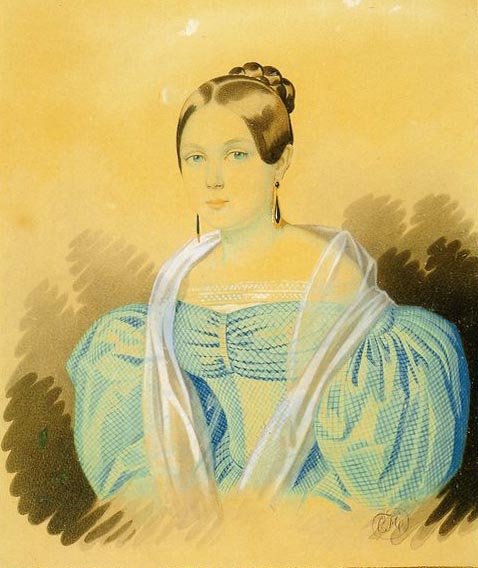CHEKHOV WINKS AT TOLSTOY: (2) The Good Country Life
One of Tolstoy’s obsessions throughout much of his life was
his dream of good country living, surrounded by wife and family and in close
communion with nature. He exalted this sort of life in both of his two major
novels, War and Peace and Anna Karenina. Furthermore, he tried to
live exactly such a life himself, on his country estate at Yasnaya Polyana.
Tolstoy hated cities, trains, loved peasants and Mother Earth. But his attempts
to find happiness in the good country life were never entirely successful. In
the final pages of Anna Karenina the
author’s alter ego Levin—despite his having achieved a happy family life and
contentment on his country estate—is in constant depression and contemplates
suicide on a daily basis.
Chekhov has a lot of fun taking Tolstoy’s themes and
circumstances, then making a travesty of them. This is most obvious in the
story “Gooseberries,” which depicts how the dream of good country living results
in a man becoming a miser, then marrying a woman for her money, then
practically starving her to death in his parsimony. All this so that he can buy
a paltry little landed estate, where he vegetates out his life, being a pig, eating
hard and sour gooseberries.
As if the take-off on Tolstoy were not clear enough, Chekhov
makes an obvious allusion to one of Tolstoy’s short moralizing stories, “How
Much Land Does A Man Need.” This is a parable about a peasant who is told he
can buy very cheaply as much land as he can walk over in a given day. But the
peasant is so greedy that he overstrains himself and dies of exhaustion at the
very moment he is on the verge of acquiring a huge plot of land. The moral of a
story and the answer of the question in the title: a man needs really only six
feet of earth to be buried in.
Chekhov has one of his characters, Ivan Ivanovich, reply to
Tolstoy. “They say man needs only six feet of earth. But it is a corpse, and
not a man, who needs six feet . . . . these country estates are nothing but
those same six feet of earth. To escape from the town, from the struggle, from
the loud bustle of life, to escape and hunker down on a country estate is not
life, but egoism, idleness . . . . It is not six feet of earth, not a country
estate that man needs, but the whole globe, the whole of nature, where he will
have room to display his personality and the individual characteristics of his
free soul.”
Don’t make the mistake, however, of assuming that the above
is Chekhov’s own personal reply to Tolstoy. That is not the way Chekhov writes
fiction. Everything tends to cut two ways, and the authenticity of the above
opinion is undercut, at least in part, by the fact that the blowhard
melancholic Ivan Ivanovich is the person voicing it.
As we move on to the next story, “About Love,” the theme of
good country living/or the lack thereof moves with us. Alyokhin the landowner
in “About Love” is a travesty of Levin the landowner and alter ego of Tolstoy
in Anna Karenina. One of the most
famous scenes in all of Russian literature is the episode that depicts Levin
out mowing with his peasants, exulting in the sweat of his brow. He tells his
idle half brother that he has found a new therapy, known as Arbeitskur: the work cure.
But Alyokin is bored stiff living in the country. He works
like a peasant only because he has no choice, but he finds the work exhausting
and stultifying. He “ploughed, sowed and reaped” and felt “like a village cat
driven by hunger to eat cucumbers in the kitchen garden.” So much for the Arbeitskur.
As for the little pokes at Tolstoy, especially at Anna Karenina, the list could be
extended indefinitely. In an important episode in Tolstoy’s novel a man falls
under a train at the station and is killed. Anna Karenina is present at this
time, and the death haunts her for the rest of the novel. In Chekhov’s “Gooseberries”
Ivan Ivanovich tells of a man who fell under a train; his leg was cut off.
Taken away for treatment to the waiting room, the bloodied man pleads
desperately for someone to find the leg: it had twenty rubles in the boot and
he doesn’t want to lose his money.
Why all the literary poking at Tolstoy and his works? For
one thing it’s fun. For another it takes Tolstoy’s literary works and subtly
rewrites them, showing some of the multivaried possibilites for new works
based on the same materials. Finally, it is a way Chekhov has of asserting: “I
too am a writer, and I too can show you a thing or two about writing.” This is
the age-old business of the competition between literary “fathers” and their
literary “sons.”















